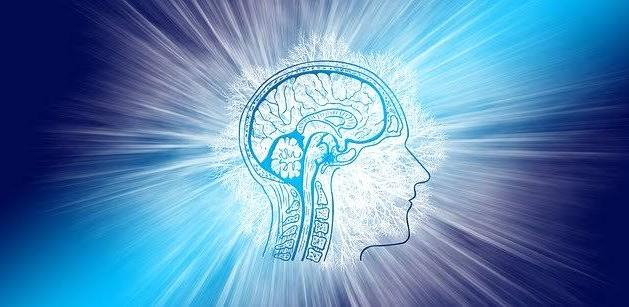A new study by researchers from the Harvard Medical School, Stanford University and University of Cambridge, suggests that despite not learning any new information about the world around us, our brains do not rest. The study published in the open-access journal eLife, demonstrated how stored information is reliably accessed by the brain in spite of significant alterations in brain signals that constitute it.
"The work suggests that our brains are never at rest, even when we are not learning anything about the external world. This has major implications for our understanding of the brain and for brain-machine interfaces and neural prosthetics," said Dr. Timothy O'Leary, lead author of the study, in a statement.
Activity Patterns Change Continuously
Our brains are often likened to computers, with learned skills and memories stored in the activity patterns of billions of nerve cells. However, new research shows that memories of specific events and experiences may never settle down. Instead, the activity patterns that store information can continually change, even when we are not learning anything new.
The research shows that different parts of our brain may need to relearn and keep track of information in other parts of the brain as it moves around. The study provides some of the first evidence that constant changes in neural activity are compatible with long term memories of learned skills.

The researchers came to this conclusion through modeling and analysis of data taken from an experiment in which mice were trained to associate a visual cue at the start of a 4.5-meter-long virtual reality maze with turning left or right at a T-junction, before navigating to a reward. The results of the 2017 study showed that single nerve cells in the brain continually changed the information they encoded about this learned task, even though the behavior of the mice remained stable over time.
Extraction of Information
The experimental data consisted of activity patterns from hundreds of nerve cells recorded simultaneously in a part of the brain that controls and plans movement, recorded at a resolution that is not yet possible in humans.
"Finding coherent patterns in this large assembly of cells is challenging, much like trying to determine the behavior of a swarm of insects by watching a random sample of individuals," said O'Leary. "However, in some respects the brain itself needs to solve a similar task, because other brain areas need to extract and process information from this same population."
Nerve cells connect to hundreds or even thousands of their neighbors and extract information by weighting and pooling it. This has a direct analogy with the methods used by pollsters in the run-up to an election: survey results from multiple sources are collected and 'weighted' according to their consistency. In this way, a steady pattern can emerge even when individual measurements vary wildly.
The Cambridge group used this principle to construct a decoding algorithm that extracted consistently, hidden patterns within the complex activity of hundreds of cells. They found two things.

Memories May Remain Consistent
First, that there was indeed a consistent hidden pattern that could accurately predict the animal's behavior. Second, this consistent pattern itself gradually changes over time, but not so drastically that the decoding algorithm couldn't keep up. This suggests that the brain continually modifies the internal code that relays information between different internal circuits.
Science fiction explores the possibility of transferring our memories and experiences into hardware devices directly from our brains. If future technology eventually allows us to upload and download our thoughts and memories, we may find that our brain cannot interpret its own activity patterns if they are replayed many years later.
The concept of an apple - its color, flavor, taste, and the memories associated with it - may remain consistent, but the patterns of activity it evokes in the brain may change completely over time. Such conundra will likely remain speculative for the immediate future, but experimental technology that achieves a limited version of such mind-reading is already a reality, as this study shows.
A Challenge In Extracting Information
Brain-machine interfaces are a rapidly maturing technology, and human neural interfaces that can control prosthetics and external hardware have been in clinical use for over a decade. The work from the Cambridge group highlights a major open challenge in extracting reliable information from the brain.
"Even though we can now monitor brain activity and relate it directly to memories and experiences, the activity patterns themselves continually change over a period of several days," said O'Leary. "Our study shows that in spite of this change, we can construct and maintain a relatively stable 'dictionary' to read out what an animal is thinking as it navigates a familiar environment.
(With inputs from agencies)









